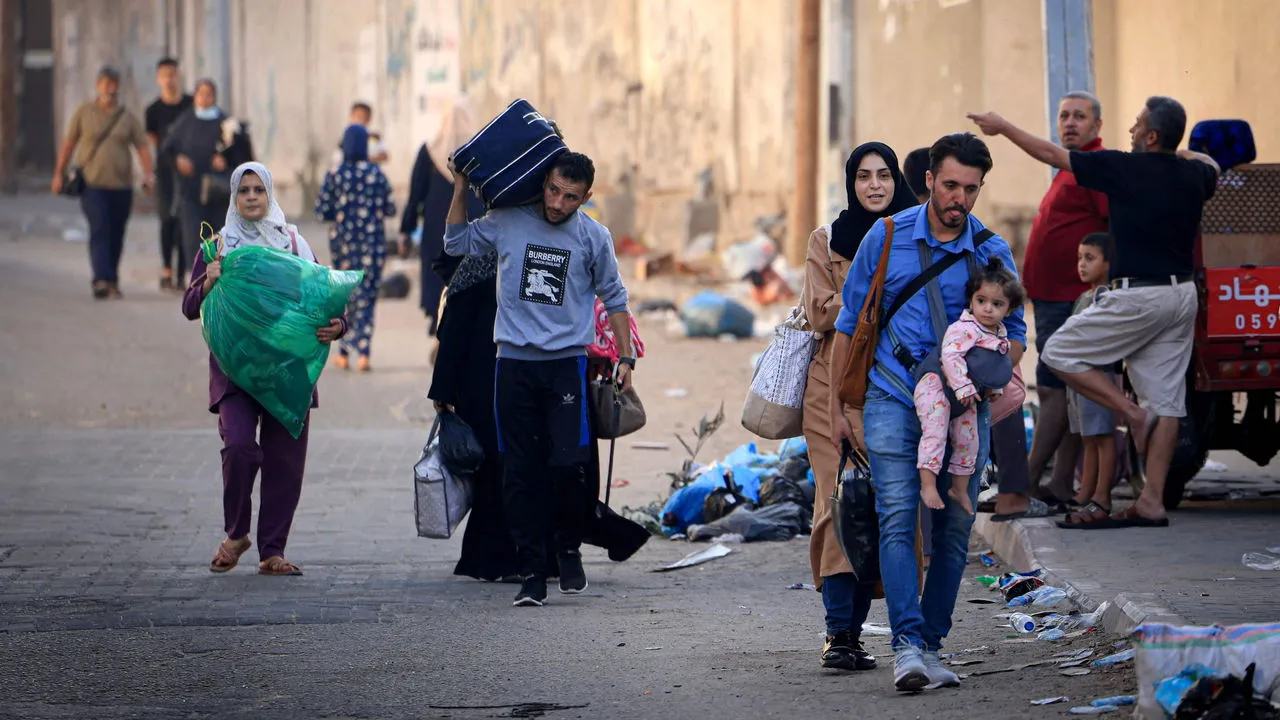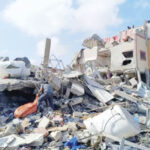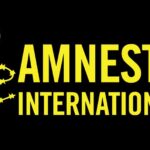Sometime last year, a relative called me at night in distress. He had swallowed a fishbone mistakenly and could feel it lodged somewhere in his throat. Not wanting to disturb my sleep, I asked a few questions to determine the severity of the situation and groggily made the decision that his condition was not as dramatic as it sounded. Since he was breathing well and even able google : ‘What to do when a fish bone gets throat in your throat’, while having enough energy to argue with me, I asked him to swallow a piece of bread and if that did not work, he could come to the hospital the following day.
A simple Xray showed the bone lodged in his oro-pharynx. The ENT doctor concluded from the size of the bone that no procedure was needed as the bone would dislodge by itself naturally. The patient was asked to eat a lot of tuwo (swallow) in the following days. And thus began the most uncomfortable days of his life. My cousin said to me that the sensation that something was stuck in his throat, made the next two weeks unbearable for him. Unable to do anything about the uncomfortable situation, he became restless and erratic. Three weeks later, another Xray showed that the bone was gone. The doctors explained that the painful sensation he felt was probably from the trauma the bone caused in the lining of his throat.
Gaza has become, quite literally, the proverbial fish bone in our throats. We can only wait and watch.
Israel and Palestine are at war, yet again. Benjamin Netanyahu, the Prime Minister of Israel has ordered retaliation of the attack by militant group Hamas, which has killed around 900 Israelis and injured more than 2,600. Hamas, which says that it is fighting for its freedom, has also said that it will execute one hostage each time Israel drops an air missile without warning on its civilian houses and broadcast the execution.
FG moves to review Algeria/Nigeria air service agreement
FG to establish oil & gas zones in 36 states
On Tuesday, there was a deadly blast at the crowded Al-Ahli hospital in Gaza City and it is feared to have killed hundreds of people.The Hamas-controlled Palestinian authorities in Gaza immediately blamed Israel, claiming it was a deliberate air strike. Israel has, however, denied involvement. The hospital is owned and run by the Anglican Church. So far, the Palestinian health ministry has it that 471 people were killed in the blast.
Amid the claim and counterclaim, getting to the truth is harder than ever.
Millennials like us grew up in this war. The Israeli-Palestinian conflict is one of the world’s longest-running and most controversial conflicts. At its heart, it is a conflict between two self-determined movements—the Jewish Zionist project and the Palestinian nationalist project—that lay claim to the same territory. But it is so, so much more complicated than that, with seemingly every fact and historical detail small and large litigated by the two sides and their defenders.
Jews have historically considered territories around Jerusalem, a historic city in Palestine, as their holy land. They refer to the ancient scriptures and say that the land was promised to them by God for their ancestor Abraham and his descendents. However, Palestine was then conquered by the Ottoman Empire in 1517. The Ottomans followed Islam. Jerusalem was ruled by the Ottomans until they lost it to the British during the first World War in 1917. That was exactly the time when the Jews started to realise their dream of a Jewish state in Palestine. The meddling British government then fulfilled the long-standing dream of Jews to get a separate state of theirs in Palestine through the Balfour Declaration.
The Balfour Declaration proposed, in Palestine, the establishment of a Jewish home for Jews. For the Jews, of course, this was seen as a cornerstone for a Jewish homeland on both sides of the Jordan river, but for Arabs, concerns grew over occupation of their lands. During this period, around 3,76,415 Jews migrated to Palestine, as per British records. From 1923, the British themselves facilitated immigration of Jews, in large numbers, to Palestine. This included many Jewish people who were fleeing Europe due to the rising Nazism.The Palestinians were alarmed by the changing demographics and it gave rise to a period of tremendous revolt from the Arabs.
The Arabs launched a stiff resistance against Jewish settlements in their state and called for a boycott of Jewish products to protest British colonialism and growing Jewish immigration. However, the British didn’t budge, and instead, took help from the Jewish settlers there to form the ‘Special Night Squad’ to take on the Palestinians.By the end of 1940, neary 5,000 Palestinians were killed, 15,000-20,000 were left wounded and 5,600 in prison.
In I947, The UN proposed a plan that granted 55% of Palestine to Jews (who were less in number) and 42% to Arabs. The Arab Palestinians rejected it completely because the resolution allotted nearly 56% of the land to Jews, including the most fertile region. At that time, Palestinians made up around 67% of the population and controlled 94% of Palestine.
Even though Palestine rejected the UN proposal and the plan was never implemented on ground, Jews made up their mind to take over Palestine one way or another.The Jewish military began attacking the towns and villages of Palestinians right after May 14, 1948, when the British mandate expired. On May 14, 1948, Jews announced the creation of Israel. War broke out and the violence continued till 1949 and by then, 7,50,000 Palestinians had been driven out of their homes.15,000 Palestinians had died in this battle, in what Arabs call ‘Nakba’, or the first catastrophe. Jews successfully captured 78% of Palestine and the rest 22% was divided between what is now called the West Bank and Gaza Strip.
The Hamas group, which stands for the Islamic Resistance movement, came into existence after the first uprising against Israel in 1987. It was founded in Gaza by an Imam, Sheikh Ahmed Yasin, and his aide Abdul Aziz al Rantissi. The movement started as an offshoot of the Muslim Brotherhood in Egypt, to pursue an armed struggle against Israel with the aim of liberating the historic Palestine. In 2017, the group’s leader Khaled Masshal said, “We shall not waive an inch of the Palestinian home soil no matter what the recent pressures are and no matter how long the occupation.”
According to Hamas, the latest attack was in retaliation to years of oppression by the Israeli regime on Palestinians. Israel, on the other hand, has cut off electricity, water and food to Gaza, in addition to air strikes and attacks against Hamas.
And so the war continues, with Hamas bombing Israeli settlements in Gaza, and Israel retaliating. Kai Jama’a!
Meanwhile, every day, we are bombarded with horrific images of dead bodies on our screens and prayer requests for Palestine. This is in addition to the various financial donations that fill our timelines.
The two-state solution has long been proposed as the best hope for peace in the Israel-Palestine conflict. It would see an independent Palestinian state established alongside the existing one of Israel—giving both people their own territory. This is the official position of the UK, US, United Nations—and even Israel itself—but many now say there is little hope of achieving it.
Yet, many are of the opinion that it is just lip service.
The truth is, for the past 50 years, a United Nations Security Council resolution has helped to sustain Israel’s occupation of Palestine. And just like the Rwandan Genocide, the whole world is watching and turning their back while the two parties race to the finish line.
Is there even a finish line?
If this war has gone on for this long- how can it be the only answer? Do we just, sit, wait and watch?

 Join Daily Trust WhatsApp Community For Quick Access To News and Happenings Around You.
Join Daily Trust WhatsApp Community For Quick Access To News and Happenings Around You.


